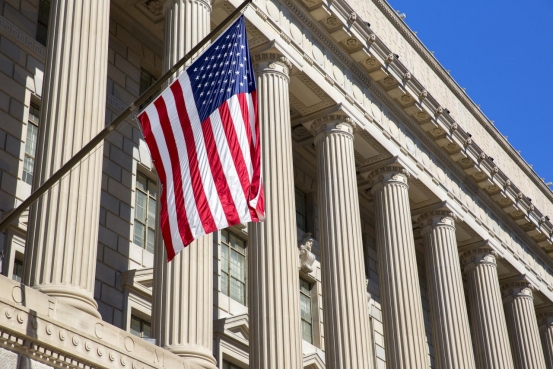Fed hawks warn of inflation risks, gold is under pressure but long-term support remains
- 2025年6月9日
- Posted by: Macro Global Markets
- Category: News


On June 6, local time, Federal Reserve Board member Michelle W. Bowman and Kansas City Fed President Jeffrey Schmid gave speeches respectively, clearly identifying inflation as the "number one threat" to the current economy. Kugler pointed out that the Trump administration's tariff policy has had a substantial impact on prices, and inflationary pressure is expected to continue to worsen in 2025. She emphasized that despite signs of a slowdown in the labor market, the risk of inflation is still higher than the downside risk of employment, and supports maintaining the current interest rate unchanged. Schmid warned that if core inflation fails to continue to fall back to the 2% target, the Fed may need to take more aggressive policy measures.
This statement echoes the remarks made by Christopher Waller, a member of the Federal Reserve Board, on June 2. Waller said at the time that tariff policies could become the main factor driving up U.S. inflation, and its impact could be concentrated in the second half of the year. The intensive voices of many senior officials indicate that concerns about inflation within the Federal Reserve have significantly increased, and the market's game over expectations for rate cuts has intensified.
2. Multiple factors interweave to affect the trend of gold prices
Hawkish comments strengthen dollar pressure
The tough stance of the Federal Reserve officials pushed the US dollar index to strengthen in the short term, exerting direct pressure on gold denominated in US dollars. However, the long-term weakening trend of the US dollar has not changed - the US dollar index has fallen by 8.57% since 2025, reflecting market concerns about US debt and trade policies.

Kugler made it clear on June 6 that he had seen the actual impact of high tariffs on inflation, and expected this trend to continue in 2025. The Trump administration previously threatened to impose a 50% tariff on the European Union, and although the implementation was postponed to July 9, policy uncertainty still pushed up corporate costs and exacerbated inflation expectations. Historical data shows that for every 1 percentage point increase in tariffs, the US core PCE price index may rise by 0.2-0.3 percentage points, which is a long-term positive for gold's anti-inflation content.
The game of interest rate cut expectations and policy differentiation
Despite the Fed's hawkish signals, the market still bets on a 56.9% probability of a rate cut in September. The European Central Bank announced a 25 basis point rate cut to 2.0% on June 6, and hinted that the easing cycle may be suspended. The divergence of monetary policies between Europe and the United States may lead to a short-term strengthening of the US dollar, but the long-term low interest rate environment still provides support for gold. According to the World Gold Council, global central bank gold demand increased by 12% year-on-year in the first quarter of 2025, and China, India and other countries increased their holdings for the sixth consecutive month.
III. Institutional Views and Risk Warnings
Goldman Sachs' latest report pointed out that despite the hawkish stance of the Federal Reserve, the "triple support" of global central bank gold purchases, geopolitical risks and the damage to the credit of the US dollar still maintains the gold price target at $3,700 per ounce by the end of 2025. Metals Focus predicts that global central banks will purchase 1,000 tons of gold this year, the second highest in history, and this trend will provide structural support for gold prices. However, some analysts warned that if the Federal Reserve postpones interest rate cuts or tariff policies are more relaxed than expected, gold prices may face a 2%-3% pullback.

Inflation warnings from senior Federal Reserve officials will suppress gold prices in the short term, but the long-term impact of tariff policies, global central bank gold purchases and expectations of interest rate cuts still provide a solid foundation for gold prices.
